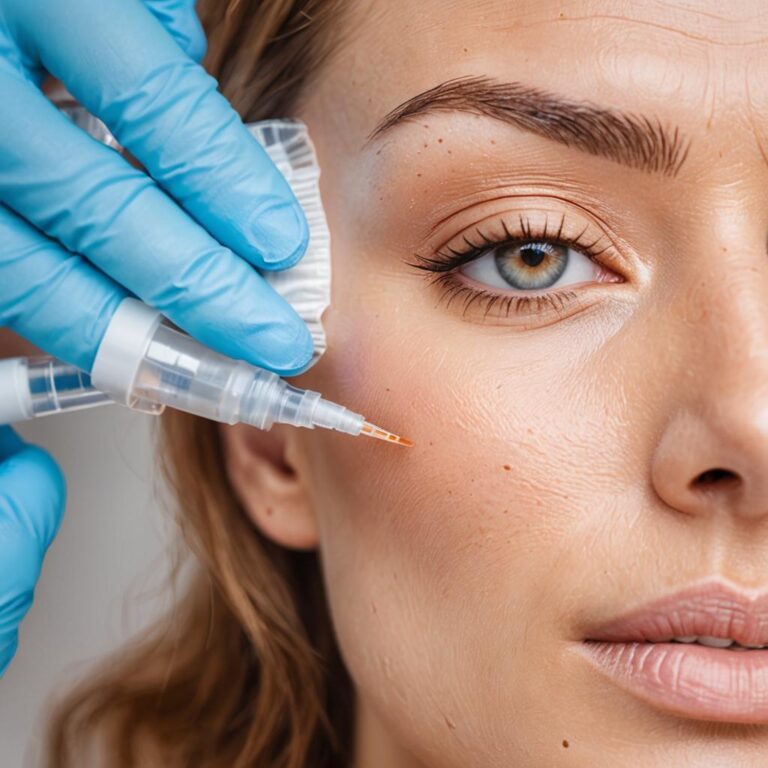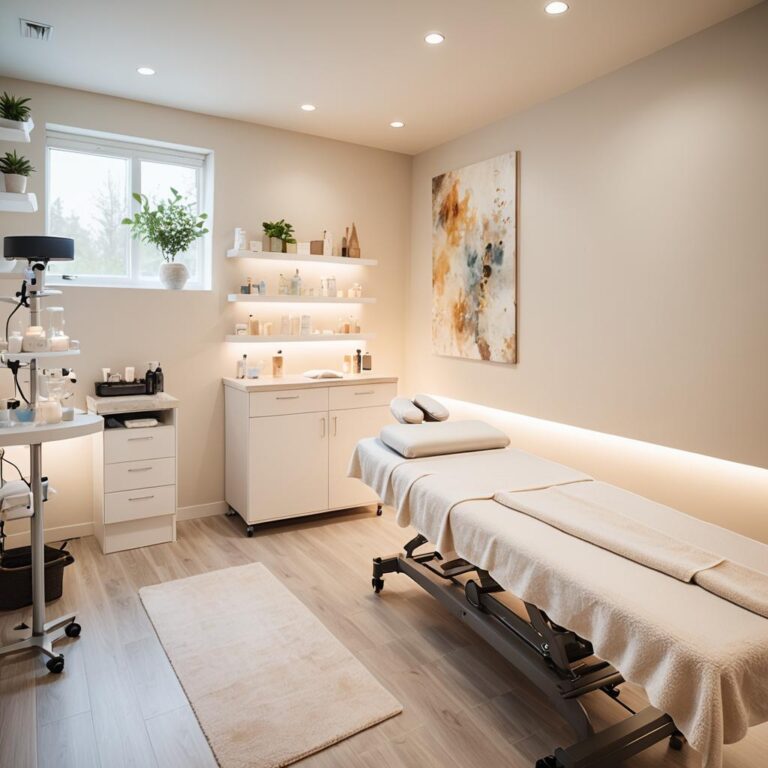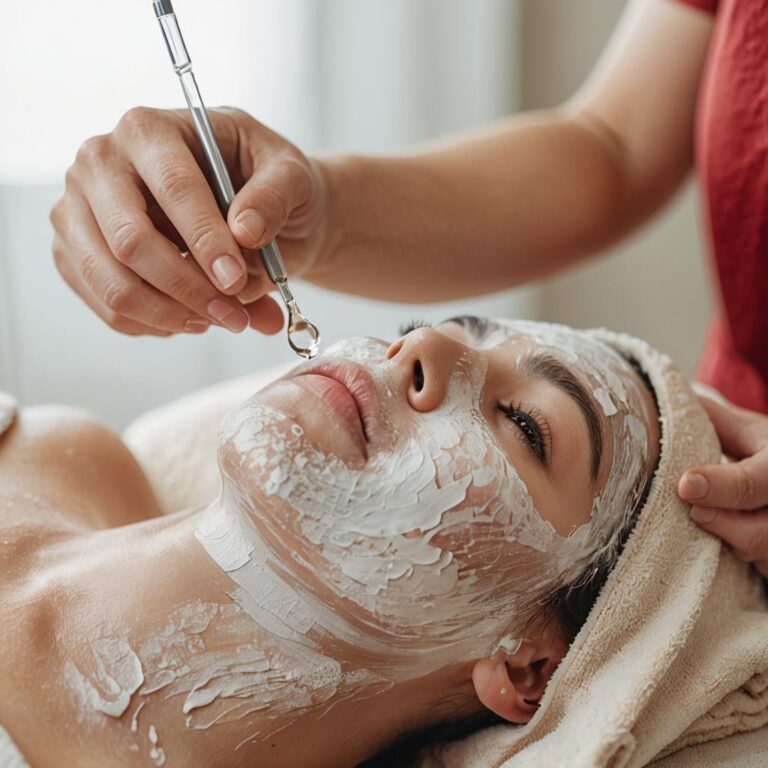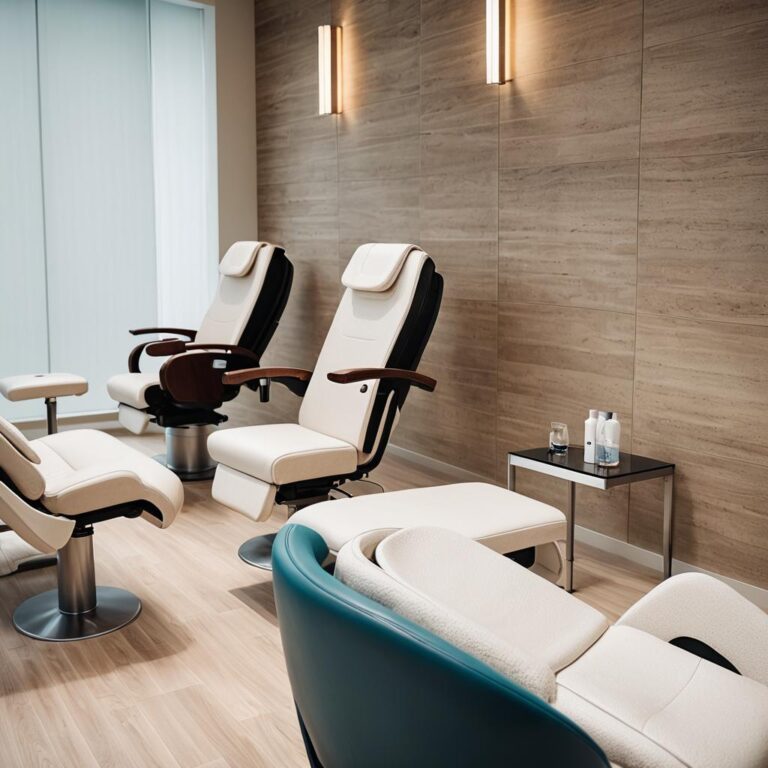Looking one’s best often involves seeking professional help, and for many, liposuction is a key option. While plastic surgery is frequently associated with procedures like breast augmentation, liposuction stands out as one of the most popular and effective methods for body contouring, offering high satisfaction rates. Many individuals have experienced personal gratification and increased confidence by removing stubborn fat and enhancing their body contours through liposuction.
A skilled plastic surgeon can provide natural-looking results, with each procedure customized to meet the specific needs of the patient. When choosing a provider, it’s essential to prioritize both expertise and compassionate care to ensure the best possible outcome on the journey toward a more confident self
Liposuction is a cosmetic surgical procedure that removes excess fat deposits from specific areas of the body, such as the abdomen, thighs, hips, arms, and neck, to create a more contoured appearance. During the procedure, a surgeon makes small incisions and inserts a thin tube called a cannula to suction out unwanted fat. Various techniques can be used, including tumescent liposuction, which involves injecting a solution to numb the area, and ultrasound-assisted liposuction, which uses sound waves to break down fat.
Liposuction is not a weight-loss method; it’s ideal for individuals close to their ideal weight with localized fat deposits resistant to diet and exercise. The results can enhance body proportions and boost self-confidence, but maintaining a healthy lifestyle is essential for long-lasting effects.
Liposuction provides numerous benefits for those looking to improve their body contours and appearance. Primarily, it effectively targets stubborn fat deposits that are resistant to diet and exercise, resulting in a more sculpted silhouette and better body proportions. Many patients experience increased self-confidence and satisfaction with their appearance, as the procedure enhances the fit of clothing and allows for a wider range of styles. The results are typically long-lasting, particularly for individuals who maintain a healthy lifestyle afterward. Customizable to meet each patient’s unique goals, liposuction is a versatile option for body contouring that can significantly boost self-image.
Liposuction addresses a range of aesthetic concerns by targeting localized fat deposits and improving body contours. It is particularly effective for individuals struggling with stubborn fat that remains despite diet and exercise, especially in areas like the abdomen, thighs, hips, and arms. The procedure helps sculpt the body by removing excess fat, enhancing proportions, and creating a more balanced silhouette. Liposuction is also commonly used to reduce fat in areas such as the neck, eliminating the appearance of a double chin, and the waist, targeting love handles and muffin tops. It can also refine the thighs, back, and even the knees, delivering a smoother, more toned appearance. For men, liposuction can treat gynecomastia, reducing chest fat and creating a more masculine look. This versatile procedure offers long-lasting results for those seeking to reshape their body and boost their confidence.
A good candidate for liposuction is someone who is in generally good health and looking to address specific areas of stubborn fat that have not responded to diet or exercise. Candidates should be at or near their ideal body weight, as liposuction is intended for body contouring, not weight loss. Those with firm, elastic skin typically see better results, as their skin is more likely to conform to the new body shape after fat removal. Non-smokers, or those willing to quit temporarily, are preferred due to better healing outcomes. It’s important for candidates to have realistic expectations, understanding that liposuction targets fat deposits but does not address loose skin or act as a solution for obesity. Finally, maintaining results through a healthy lifestyle is crucial, as significant weight gain can reverse the benefits of the procedure.
Complementary procedures for liposuction enhance body contouring results by addressing skin laxity or improving proportions. Common combinations include a tummy tuck to remove excess skin and tighten abdominal muscles, or a breast lift or augmentation to balance the body’s shape. A Brazilian butt lift (BBL) can use fat from liposuction to enhance the buttocks, while a thigh lift or arm lift removes excess skin and refines those areas. Facial procedures, like a facelift or neck lift, are also popular to contour the neck and chin after liposuction. Non-invasive treatments like CoolSculpting or laser tightening can further refine results.
To prepare for liposuction, it is essential to closely follow your surgeon’s preoperative instructions. This may involve discontinuing certain medications, such as blood thinners, and avoiding smoking to promote optimal healing. Maintaining a nutritious diet and staying well-hydrated is important, as is refraining from alcohol in the days leading up to the procedure. It is also wise to arrange for transportation and support during your recovery, as mobility may be limited initially. Discussing your expectations with your surgeon and ensuring that you are in good overall health will help set the foundation for a successful liposuction procedure and a smooth recovery.
The liposuction procedure involves several key steps: administering anesthesia, making small incisions to access the targeted fat deposits, using a cannula to suction out the fat, and then closing the incisions. The specific technique may vary depending on the areas being treated and the surgeon’s approach. Recovery usually requires several weeks of rest, during which patients are advised to follow detailed post-operative care instructions to promote optimal healing and achieve the best results. Proper aftercare is essential for ensuring satisfaction with the outcome of the liposuction procedure.
Recovery after liposuction involves prioritizing rest and avoiding strenuous activities for several weeks. It is crucial to follow your surgeon’s specific post-operative instructions regarding wound care and medication to promote optimal healing. Managing swelling and discomfort with cold compresses and prescribed pain relievers is recommended. Regular follow-up appointments are essential to assess your progress and address any concerns. Gradually returning to normal activities should align with your surgeon’s guidelines to ensure a successful recovery and achieve the best possible results.
After liposuction, it’s essential to prioritize rest and avoid strenuous activities for several weeks. Follow your surgeon’s detailed instructions regarding wound care and medications closely. Keeping the treated areas elevated can help reduce swelling, and using cold compresses may alleviate discomfort. Staying well-hydrated and maintaining a balanced diet will support your healing process. Make sure to attend all follow-up appointments to monitor your recovery progress and address any concerns with your surgeon.
After liposuction, you can expect a rejuvenated appearance with improved body contours and reduced fat in targeted areas. The procedure effectively enhances your overall silhouette, addressing stubborn fat deposits and contributing to a more balanced body profile. While initial swelling may temporarily obscure the final results, noticeable improvements will become evident as you heal. The outcomes are generally long-lasting; however, factors such as natural aging and lifestyle changes may lead to fluctuations in your appearance over time, which could prompt the consideration of additional treatments to maintain your enhanced look.
When contemplating liposuction, it’s important to examine the various options available to determine what aligns best with your personal goals and body type. One key aspect is identifying the specific areas you want to target, such as the abdomen, thighs, flanks, or arms, as each zone may require a different technique to achieve the desired results.
The technique used in liposuction can also significantly impact the outcome. Traditional liposuction involves making small incisions to remove fat, while methods like tumescent liposuction utilize a saline solution to minimize bleeding and promote a quicker recovery. Additionally, techniques such as ultrasound-assisted or laser-assisted liposuction can enhance precision and improve skin tightening effects, resulting in a smoother appearance.
Consulting with a board-certified plastic surgeon is essential for making an informed decision. They will evaluate your unique body characteristics, discuss your aesthetic aspirations, and explain the benefits and drawbacks of each approach. This tailored consultation ensures you choose the most suitable method to achieve your goals while considering factors like recovery time and any associated risks.
There are several liposuction techniques available, each tailored to meet specific patient needs. Tumescent liposuction involves injecting a saline solution with anesthetics into the targeted fat areas, which numbs the area and reduces bleeding, facilitating easier fat removal. Traditional liposuction uses small incisions and a cannula to suction out fat, though it may require a longer recovery time. Ultrasound-assisted liposuction (UAL) liquefies fat cells with ultrasound waves, making removal easier, while laser-assisted liposuction (LAL) melts fat using laser technology, stimulating collagen production for improved skin elasticity. Power-assisted liposuction (PAL) employs a vibrating cannula for easier fat removal, and water-assisted liposuction (WAL) uses a gentle stream of water to loosen fat, resulting in less bruising. Additionally, fat transfer involves harvesting fat from one area of the body and injecting it into another for enhancement. Each technique has unique benefits, so consulting a qualified plastic surgeon is essential for determining the best approach for individual aesthetic goals.
Liposuction, like any surgical procedure, carries certain risks that patients should be aware of before undergoing the operation. Common risks include infection at the incision sites, bleeding leading to hematoma formation, and adverse reactions to anesthesia. Patients may also experience swelling, bruising, or soreness in the treated areas during recovery. Irregularities in skin contour or surface can occur due to uneven fat removal, resulting in dimpling or sagging skin, and seromas—fluid accumulation under the skin—may develop and require drainage. There is a risk of blood clots, particularly in the legs, which can lead to more serious complications if not addressed promptly. In rare cases, complications affecting the heart or lungs, such as pulmonary embolism, may occur if fat enters the bloodstream. Lastly, dissatisfaction with the results can lead to emotional distress, prompting patients to consider additional corrective procedures. It is crucial for patients to discuss these risks thoroughly with their surgeon to make an informed decision about undergoing liposuction.
Non-surgical options for body contouring and fat reduction provide patients with alternatives to traditional liposuction, allowing for enhancements without invasive procedures. One popular method is coolsculpting, a non-invasive procedure that uses cryolipolysis technology to freeze and eliminate fat cells in targeted areas, resulting in a slimmer appearance over time. Ultrasound therapy employs ultrasound waves to disrupt fat cell membranes, leading to fat reduction while tightening the skin. Radiofrequency treatments offer a non-surgical approach by using heat to stimulate collagen production and reduce fat, resulting in improved skin texture and tighter contours. Injectable treatments like Kybella are designed to dissolve fat in specific areas, such as under the chin, offering a targeted approach without surgery. Additionally, body wraps and lipotropic injections can aid in weight loss and body shaping, although results may vary. For those seeking overall body toning and improvement, non-invasive body sculpting devices like Emsculpt use electromagnetic energy to induce muscle contractions, promoting muscle growth and fat reduction simultaneously. These non-surgical options enable individuals to achieve their desired body goals with minimal downtime and lower risk compared to surgical procedures.
You will notice initial results from your liposuction procedure right after surgery, but the final outcomes will take some time to fully develop. In the first few weeks, swelling is typical, and you may observe some unevenness as your body begins to heal. Most of the swelling will diminish within 4 to 6 weeks, and the treated areas will start to appear smoother and more contoured. The complete results usually become evident in about 3 to 6 months, with any residual bruising or swelling fading over time. Attending regular follow-up appointments will be important to monitor your progress and address any concerns, so having patience during the healing process is crucial as your body adjusts to the changes.
The cost of liposuction can vary widely depending on several factors, including the surgeon’s experience, the geographic location of the practice, and the specific techniques used, typically ranging from $3,000 to $10,000 in the U.S. Areas being treated and whether additional procedures, such as tummy tucks or skin tightening, are included can also affect the overall price. A personalized consultation is offered to discuss these factors in detail and provide a comprehensive breakdown of all associated costs. Additionally, financing options may be available to help ensure that you receive quality care and achieve the results you desire without financial strain.
After liposuction, some scarring is to be expected; however, incisions are made in strategic locations to minimize their visibility. Surgeons often create small incisions in discreet areas, such as the natural folds of the skin, which helps to hide scars. While some scarring is a normal aspect of the healing process, many patients find that their scars fade significantly over time, becoming less prominent. Following your surgeon’s post-operative care instructions is essential to optimize healing and further improve the appearance of any scars. Taking care of your skin during the recovery period can enhance your overall results and ensure a smoother, more confident recovery.
Yes, liposuction results can appear very natural when performed by an experienced surgeon. The primary goal of the procedure is to refine and contour the body while preserving a balanced proportion that aligns with the patient’s overall physique. Surgeons consider each individual’s unique anatomy and aesthetic aspirations, striving to avoid an overly dramatic or artificial look. With precise techniques and an emphasis on subtle enhancements, most patients achieve a more sculpted body that looks naturally refined, leading to increased confidence and satisfaction with their appearance.
“He is an absolute expert in cosmetic surgery! A few weeks ago, I had liposuction done by him, and I’m thrilled with the results. The way he sculpted my body is exactly what I envisioned, with natural-looking contours that complement my figure perfectly. From the initial consultation to the follow-up care, the surgeon and his staff were incredibly supportive, professional, and attentive. I’m so happy I chose them for this procedure!”
Follow us for expert tips and exclusive offers!






